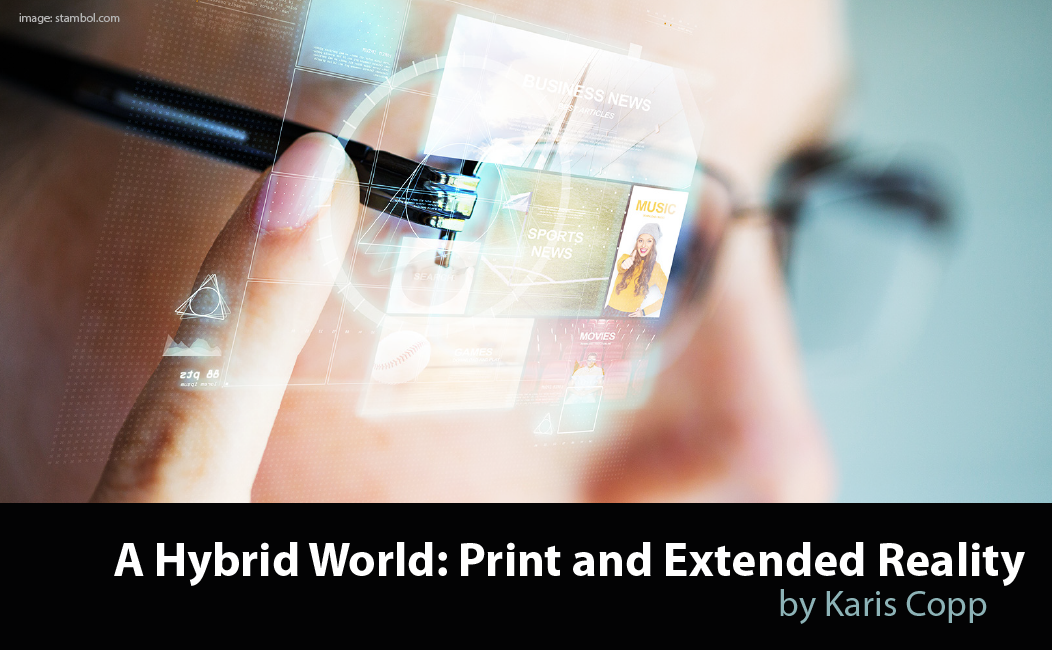Well, we’re not together again just yet. Who else is nostalgic for the naivety of spring, when we thought the situation might be short-lived? Now we’re in autumn, and I think many of us are a bit more pragmatic about the short-term and long-term impact of the pandemic.

I have written before about how COVID-19 has accelerated many existing trends, and in this article, I’m focusing on the way in which we are hurtling into a hybrid world. The Economist’s latest Technology Quarterly highlights a concert attended by 12 million people by rapper Travis Scott which takes place in the video game Fortnite, weddings and graduation ceremonies taking place in other video game worlds, and video platforms like Microsoft Teams’ ‘Together’ mode which takes people out of boxes and into the same virtual space to more closely simulate ‘real-life’. The virtual is blurring into the physical, whether we like it or not.
Extended reality (XR) is the collective term for all physical and virtual ecosystems, including augmented reality, virtual reality, and mixed reality. These technologies aren’t new, but they are seeing new doors open as a result of the pandemic. A 2019 PWC report predicted that virtual reality and augmented reality could potentially add $1.5tn to the global economy by 2030, even without a helping hand from the pandemic.
The seamless integration of the digital and physical worlds is already underway and customer journeys are becoming increasingly complex, with a growing focus on immersive and interactive brand experiences. There is so much more potential to be realised when it comes to utilising extended reality as a frictionless, smooth experiential tool, but it’s important that marketers and brands understand the tools and what is required from a software and design perspective.
The challenge for a print service provider is manifold: how will this change your sales process, how will affect how your teams and co-workers collaborate, how will it change your interactions with vendors? How we do business is rapidly evolving, and those who print will need to master these new tools and realities as much as anyone who operates a business.
With the blend of physical, augmented, and digital as the next big thing, how is your business positioned for helping customers bring integrate augmented reality into their print strategies? Print plays a major role on the physical side of things; just go outside, walk down the street and look around if you don’t believe me (in a socially distanced manner of course). Augmented reality enhances that, putting a shiny layer of endless possibilities on top of the enduring power of print. Augmented reality, as part of extended reality, can take print from timeless to limitless.
When we look at the decline of bricks and mortar retail in recent years, and the e-commerce boom accelerated by the pandemic, it’s clear that retail isn’t dying – we are still shopping, and we’re doing a lot of it, it’s just changing. When we say ‘print isn’t dying, it’s evolving’, it’s not just a catchy adage. Let’s make sure we’re at the forefront of that evolution.
 Karis Copp is a UK-based writer, journalist, and communications expert. With a background as an editor and public relations specialist in the print industry, she now works on a freelance basis covering events, writing on industry news and trends, and working with businesses to help them tell their stories and connect with their customers. Follow her on Twitter @KarisCoppMedia.
Karis Copp is a UK-based writer, journalist, and communications expert. With a background as an editor and public relations specialist in the print industry, she now works on a freelance basis covering events, writing on industry news and trends, and working with businesses to help them tell their stories and connect with their customers. Follow her on Twitter @KarisCoppMedia.











